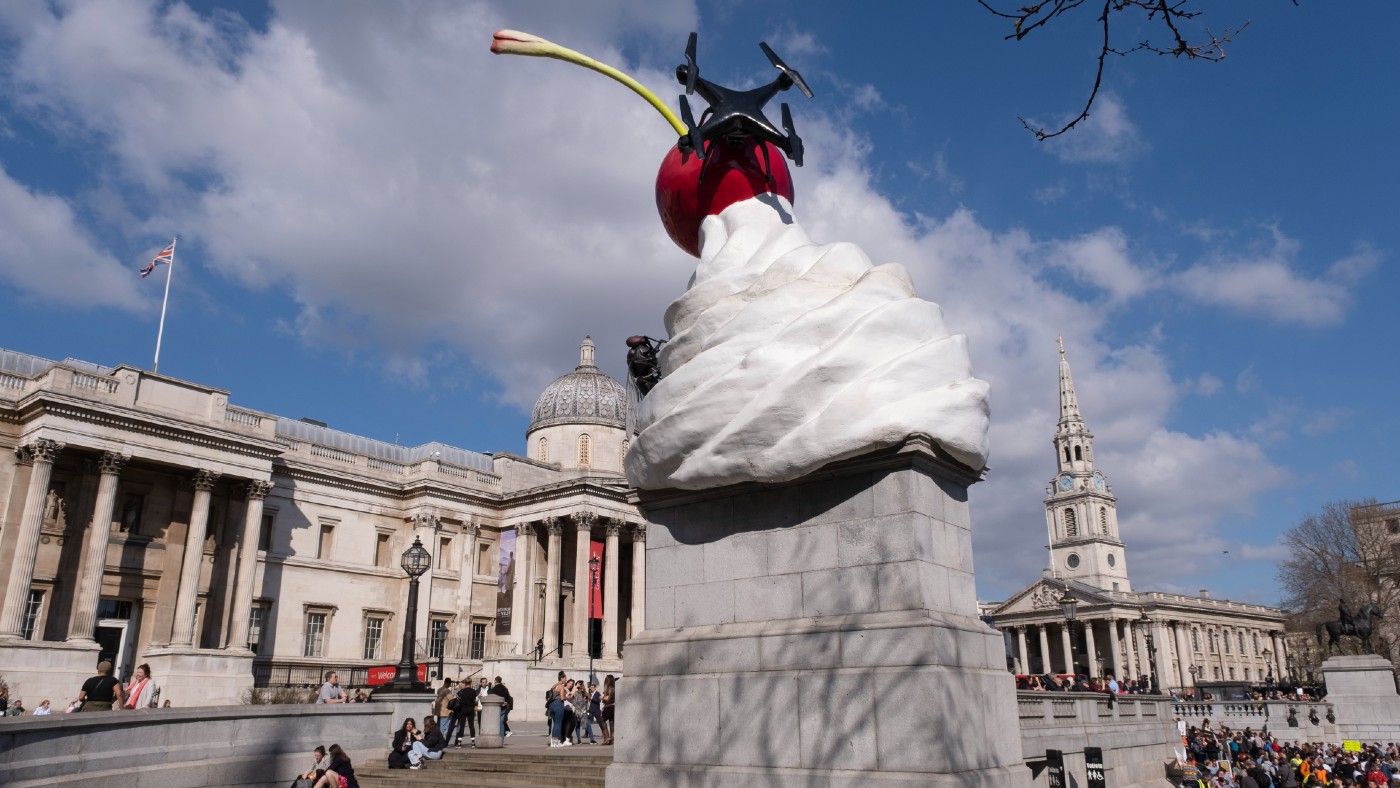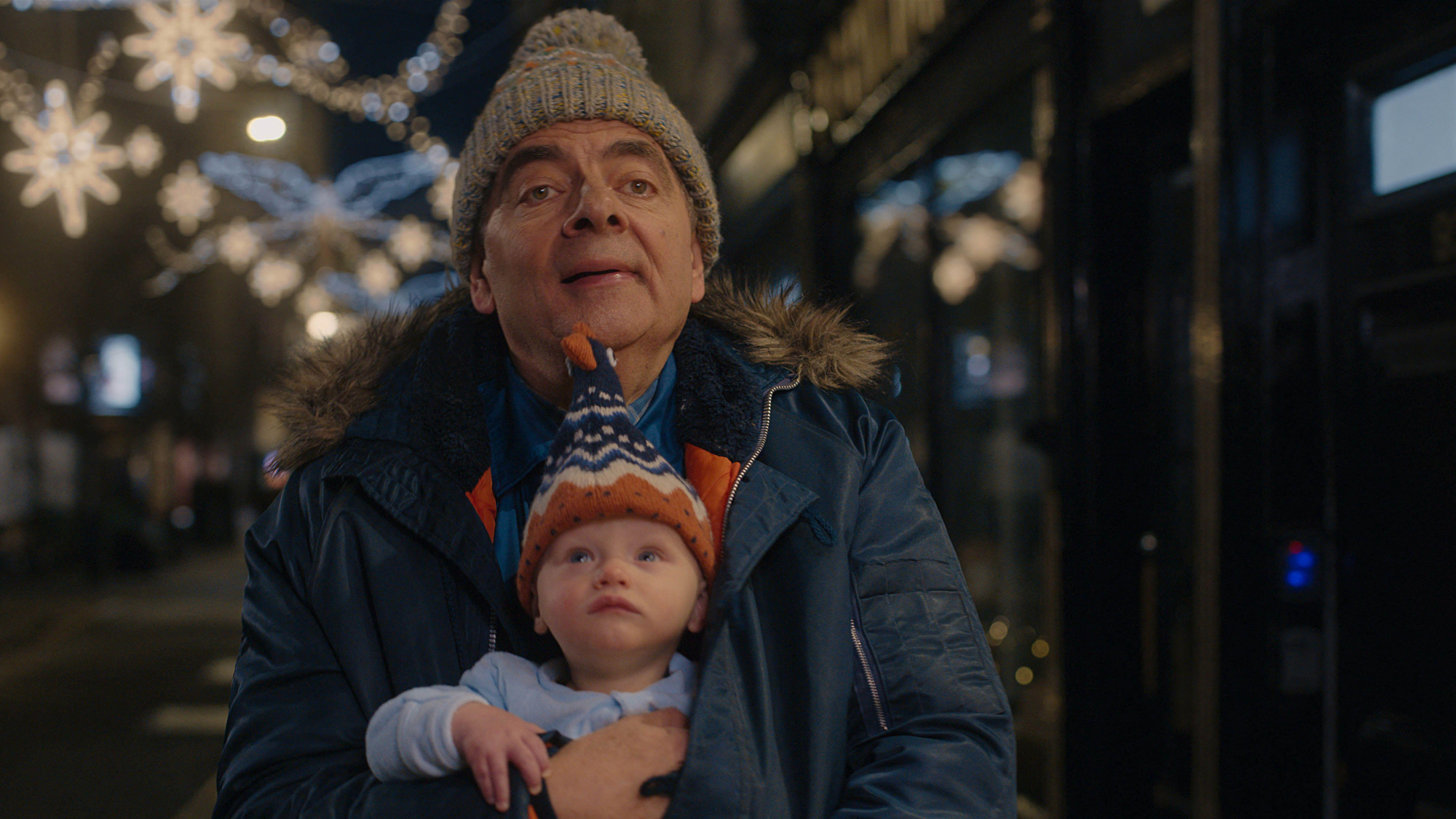The Turner Prize 2022: a ‘vintage’ shortlist?
All four artists look towards ‘growth, revival and reinvention’ in their work

Heather Phillipson, the artist who made “the installation of whipped cream topped with a cherry, drone and fly” that currently sits atop Trafalgar Square’s fourth plinth, has been nominated for this year’s Turner Prize, said Miranda Bryant in The Times.
Phillipson, 44, is one of four artists on this shortlist for the UK’s most prestigious art award: the others are the visual artist Sin Wai Kin, a Canadian who “identifies as non-binary”; the pioneering black photographer Ingrid Pollard; and the sculptor Veronica Ryan. As usual, the artists will be invited to display their work in a free exhibition, to be held this year at Tate Liverpool, before the winner is announced at a televised ceremony in December.
The Turner Prize, established in 1984, is “one of the international art world’s major awards”, said Alex Marshall in The New York Times. It has long been a divisive event: in the 1990s, contenders including Damien Hirst, Rachel Whiteread and Tracey Emin were judged sufficiently controversial to inspire tabloid outrage. More recently, critics have complained that the nominees were “too obscure or that their work was more activism than art”.
The Week
Escape your echo chamber. Get the facts behind the news, plus analysis from multiple perspectives.

Sign up for The Week's Free Newsletters
From our morning news briefing to a weekly Good News Newsletter, get the best of The Week delivered directly to your inbox.
From our morning news briefing to a weekly Good News Newsletter, get the best of The Week delivered directly to your inbox.
Last year, the prize was won by Array Collective, an 11-strong group of artists from Northern Ireland who attend protests “while holding homemade props and humorous banners”; in 2019, the nominees declared themselves joint winners, stating that their highly political work was “incompatible with the competition format”.
This year will be a vintage one, said Adrian Searle in The Guardian. “What a good Turner Prize shortlist this is”: the four artists work in an array of media, yet there are “thematic crossovers between them”. Pollard and Ryan, who both came from the Caribbean to the UK as children in the 1950s, address “the legacies of colonialism and migration”; Sin, born to a Hong Kong Chinese father and an English mother in 1991, questions “identity and place” in an altogether different way. All four artists look towards “growth, revival and reinvention”. In these times, such values are “needed more than ever”.
A free daily email with the biggest news stories of the day – and the best features from TheWeek.com
-
 Nine best TV shows of the year
Nine best TV shows of the yearThe Week Recommends From Adolescence to Amandaland
-
 Winter holidays in the snow and sun
Winter holidays in the snow and sunThe Week Recommends Escape the dark, cold days with the perfect getaway
-
 The best homes of the year
The best homes of the yearFeature Featuring a former helicopter engine repair workshop in Washington, D.C. and high-rise living in San Francisco
-
 Critics’ choice: The year’s top 10 movies
Critics’ choice: The year’s top 10 moviesFeature ‘One Battle After Another’ and ‘It Was Just an Accident’ stand out
-
 A luxury walking tour in Western Australia
A luxury walking tour in Western AustraliaThe Week Recommends Walk through an ‘ancient forest’ and listen to the ‘gentle hushing’ of the upper canopy
-
 Joanna Trollope: novelist who had a No. 1 bestseller with The Rector’s Wife
Joanna Trollope: novelist who had a No. 1 bestseller with The Rector’s WifeIn the Spotlight Trollope found fame with intelligent novels about the dramas and dilemmas of modern women
-
 Appetites now: 2025 in food trends
Appetites now: 2025 in food trendsFeature From dining alone to matcha mania to milk’s comeback
-
 Man vs Baby: Rowan Atkinson stars in an accidental adoption comedy
Man vs Baby: Rowan Atkinson stars in an accidental adoption comedyTalking Point Sequel to Man vs Bee is ‘nauseatingly schmaltzy’


